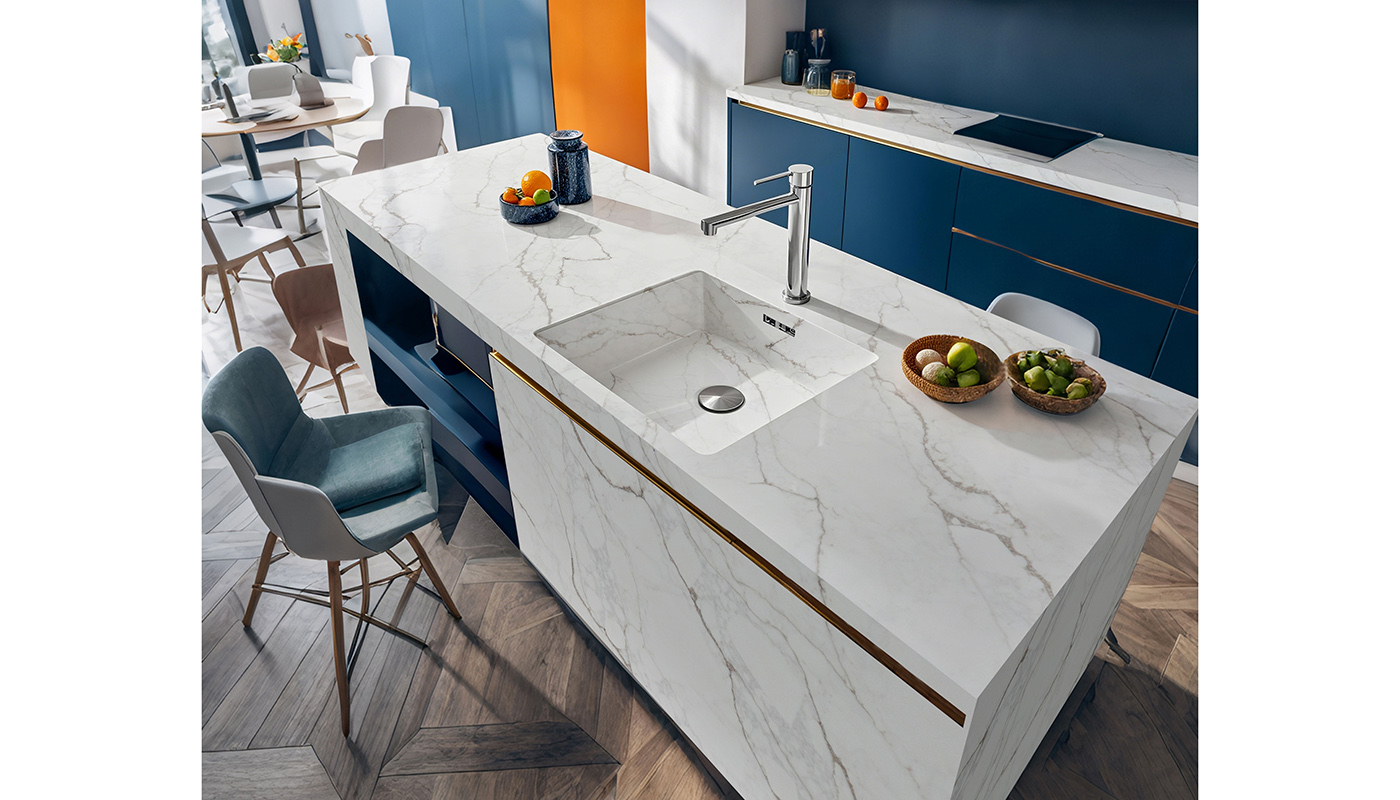Kitchen design: The rise of the integrated – or 'cutout' – handle
Wed 22nd Jun 2022 by Lisa Hibberd
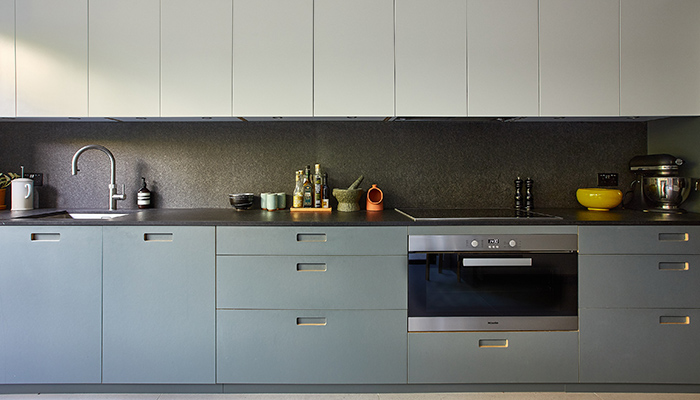
Kitchen design: The rise of the integrated – or 'cutout' – handle
For clients who prefer the simplicity of cabinets without handles, the now classic J-pull may seem the obvious choice, but many manufacturers have taken the fuss-free look one step further – enter the integrated or ‘cutout’ handle. Lisa Hibberd takes a look at the options available, and discovers what designers need to consider.
"For those looking for a sleek, streamlined contemporary feel, physical handles can add too much fuss," explains Alice Hood, senior design consultant at Roundhouse. "A recessed handle is a great opportunity to introduce another material and create highlights without committing to using it on the entire cabinetry. Touches of another colour – or simply the shadow detail they create – can help a space to feel less formal and add interest to perhaps an otherwise stark scheme. Compared to touch-to-open mechanisms, which can be frustrating to some, integrated handles are more intuitive and can be used to integrate another material into the scheme where desired."

She continues: "To make a space feel harmonious and balanced, when designing I look to create a feeling of rhythm across the kitchen. This can be done with recessed handles by mirroring the lengths of the cutouts across all doors, featuring material highlights across the space, and repeating key shapes being showcased elsewhere. It’s worth noting that using an integrated handle on an appliance or heavy door is not advised as the suction or weight can make them very hard to open. In these cases, we usually opt for a single elegant handle which ties in with the scheme, providing both practicality and ease of use."
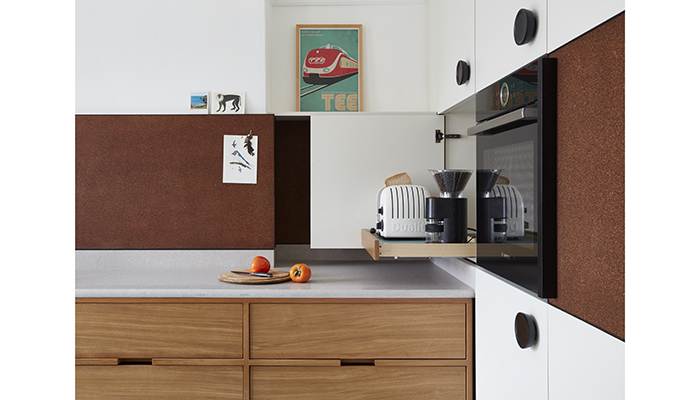
A wide range of materials can be given the cutout treatment, and there are plenty of options for designers, with shapes ranging from circular holes that expose a contrasting colour inside, to triangular notches and discreet ‘u-shaped’ pulls. Many of these achieve a look that lends itself beautifully to the midcentury vibe that is currently enjoying a surge in popularity.
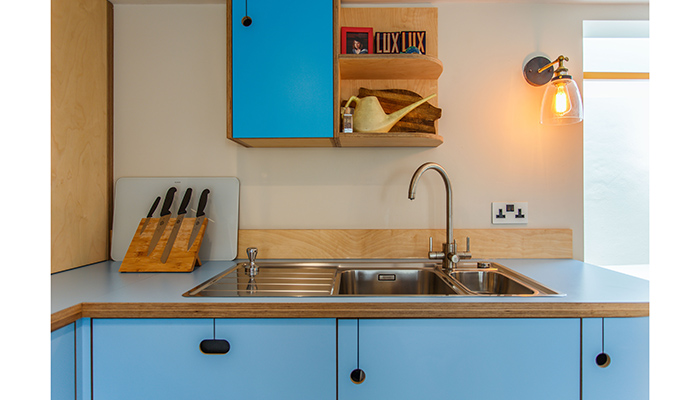
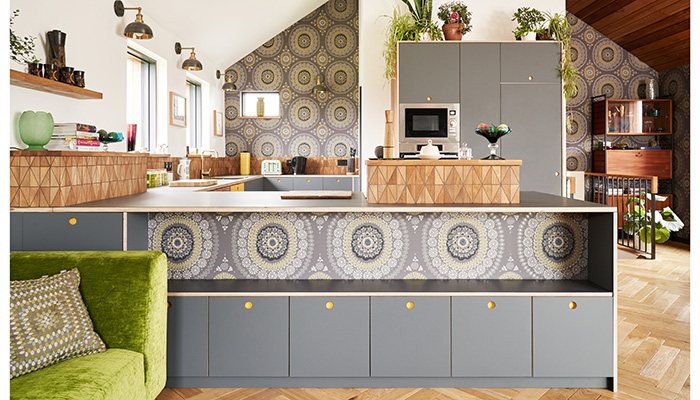
"Handleless kitchens are huge right now with various executions ranging from true handleless on a rail to integrated handle profiles on standard doors," adds Laura Vaillant, senior product designer at PWS. "Our Outline collection is a premium service offering that accommodates the handleless trend and has mass appeal to those wanting a flair of creative individualism mixed with the prestige of custom-made designs. Outline meets the growing demand for more personalised and tailored kitchens that truly stand out from the crowd."
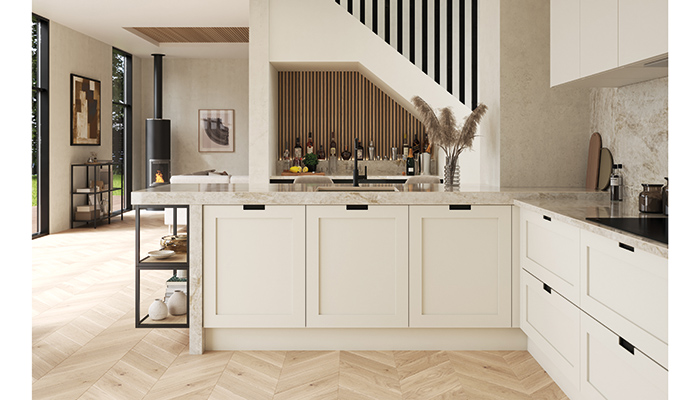
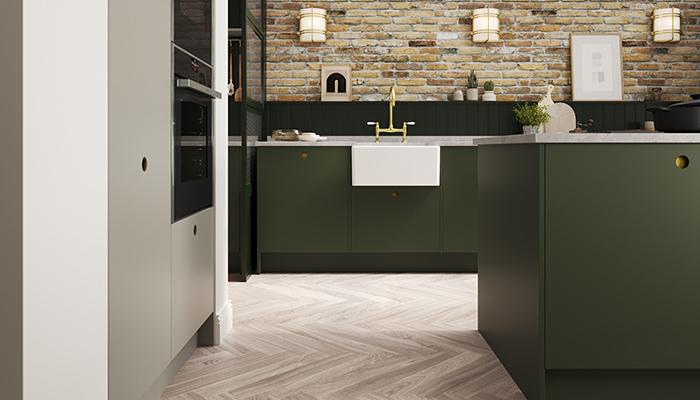
Zoe Holland, head of marketing & creative at Sustainable Kitchens, reports seeing more clients opting to go handleless for a clutter-free look, but points out that they don’t work with every style. "Traditional kitchens such as the Shaker will always look best with a knob or handle that complements the classic aesthetic. Our J-Handle Scoops are designed to sit either in the centre of the door or to one side, they can be a painted finish or showcase wood grain through the back of the handle."
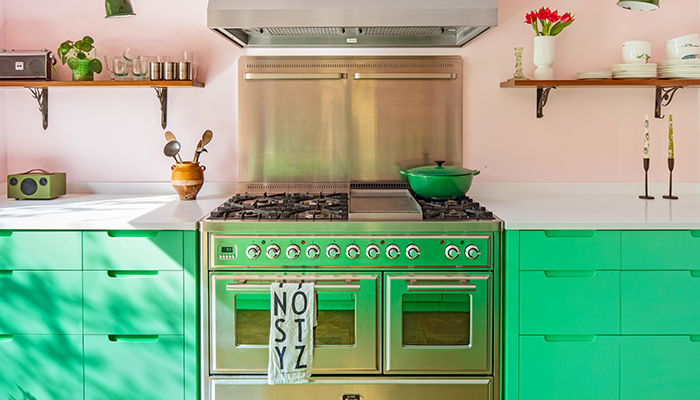
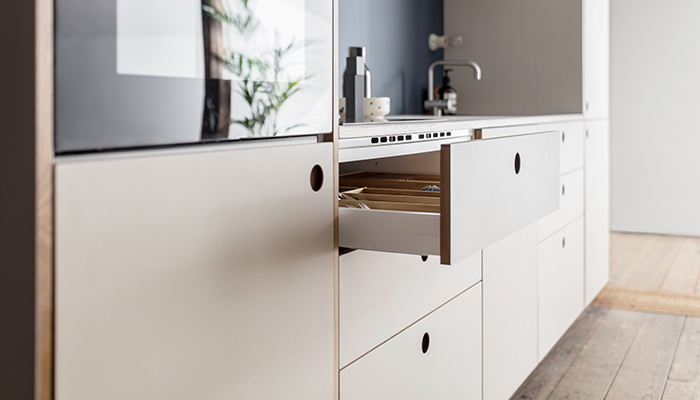
In terms of practicality, can a simple hole or notch still provide the functionality needed in a busy kitchen? According to Barty Rowland, senior designer at Kitchens by Holloways, the answer is yes. "Integrated handles are not only a sleek and stylish addition to a kitchen, but also provide greater practicality than traditional handle styles, such as finger bars. For example, integrated handles work for both lower down and taller cabinets, whereas finger bars only work for lower down cabinetry. Integrated handles therefore allow for consistency in the style of handles throughout a kitchen. Integrated handles allow for functionality as they reduce the likelihood of handle clashes between opening side by side cabinets."
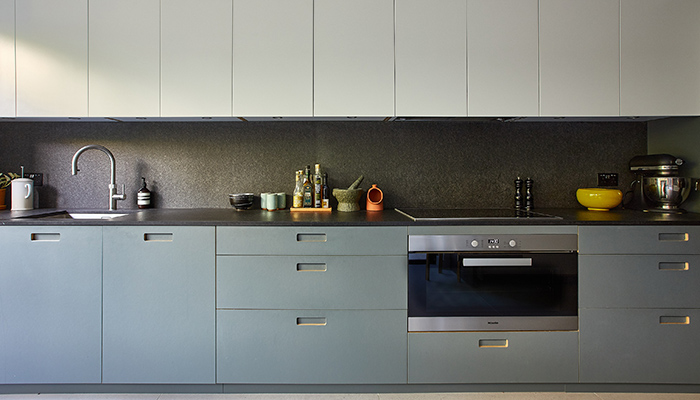
DeVol creative director, Helen Parker, suggests that it’s the little details that make things special, and this is is true in the case of integrated handles too. "The beautifully-made finger holes of our Sebastian Cox collection are lined with a tiny touch of tarnished copper. Too much copper, too brightly finished, is just too much; the thought of which is already starting to make me wince a little. Like everything in life, you can have too much of a good thing. Aged copper is, and always will be, constantly classy."
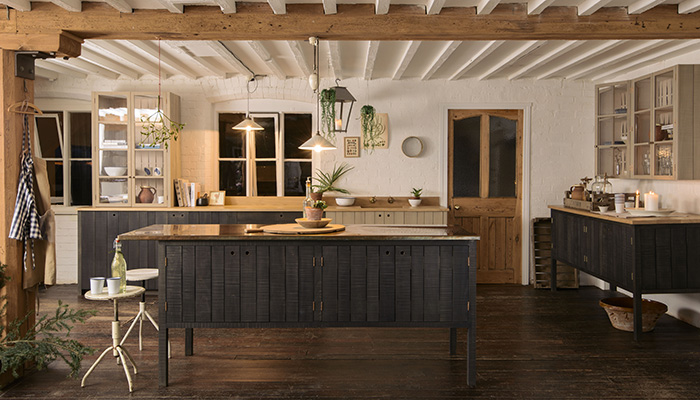
Tags: kitchens, features, integrated handles, cutout handles, kitchens by holloways, roundhouse, h. miller bros, ikea, pws, sustainable kitchens, reform, devol
Sign up to our newsletter
Crown Imperial – 5 ‘must have’ kitchen trends for 2026
Sun 21st Dec 2025





